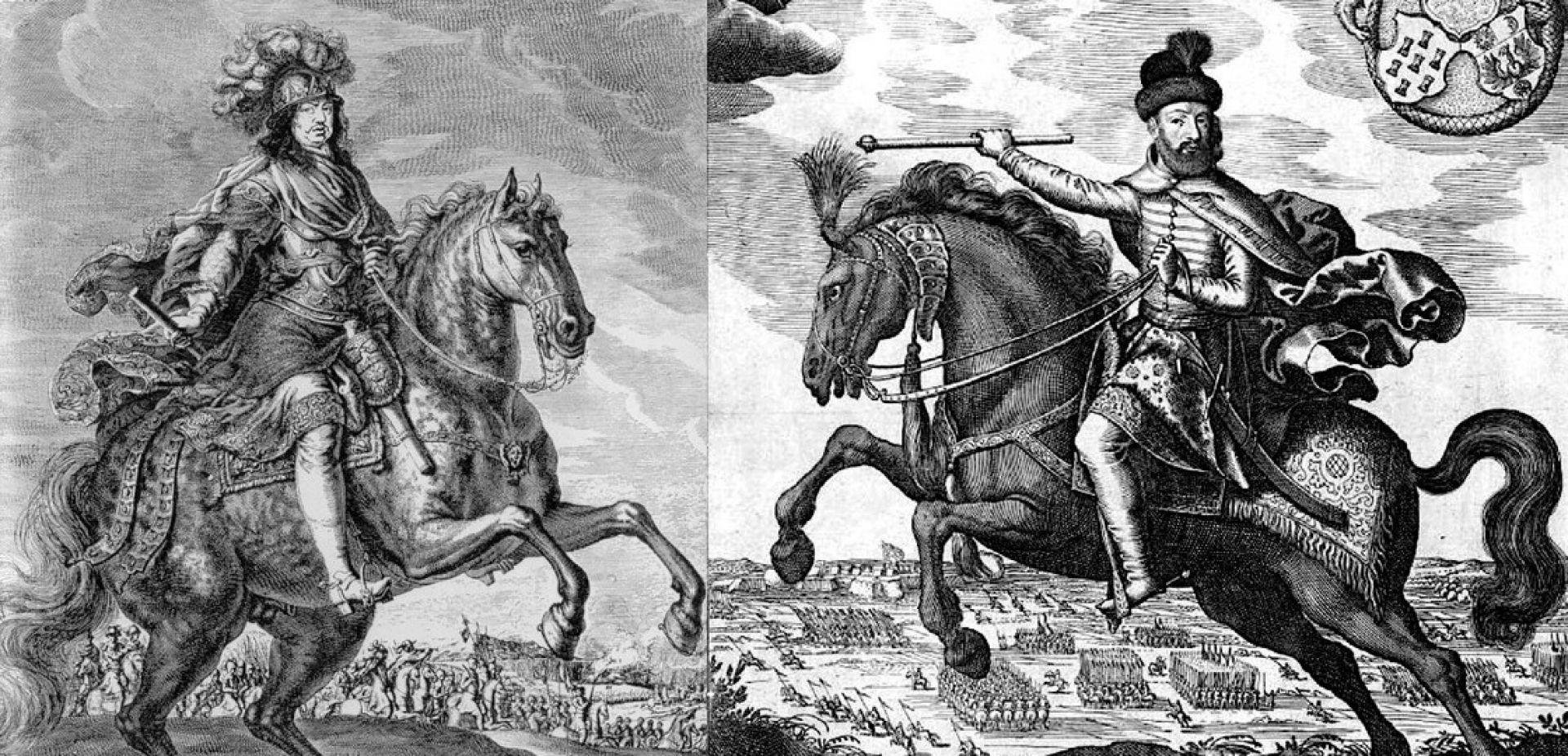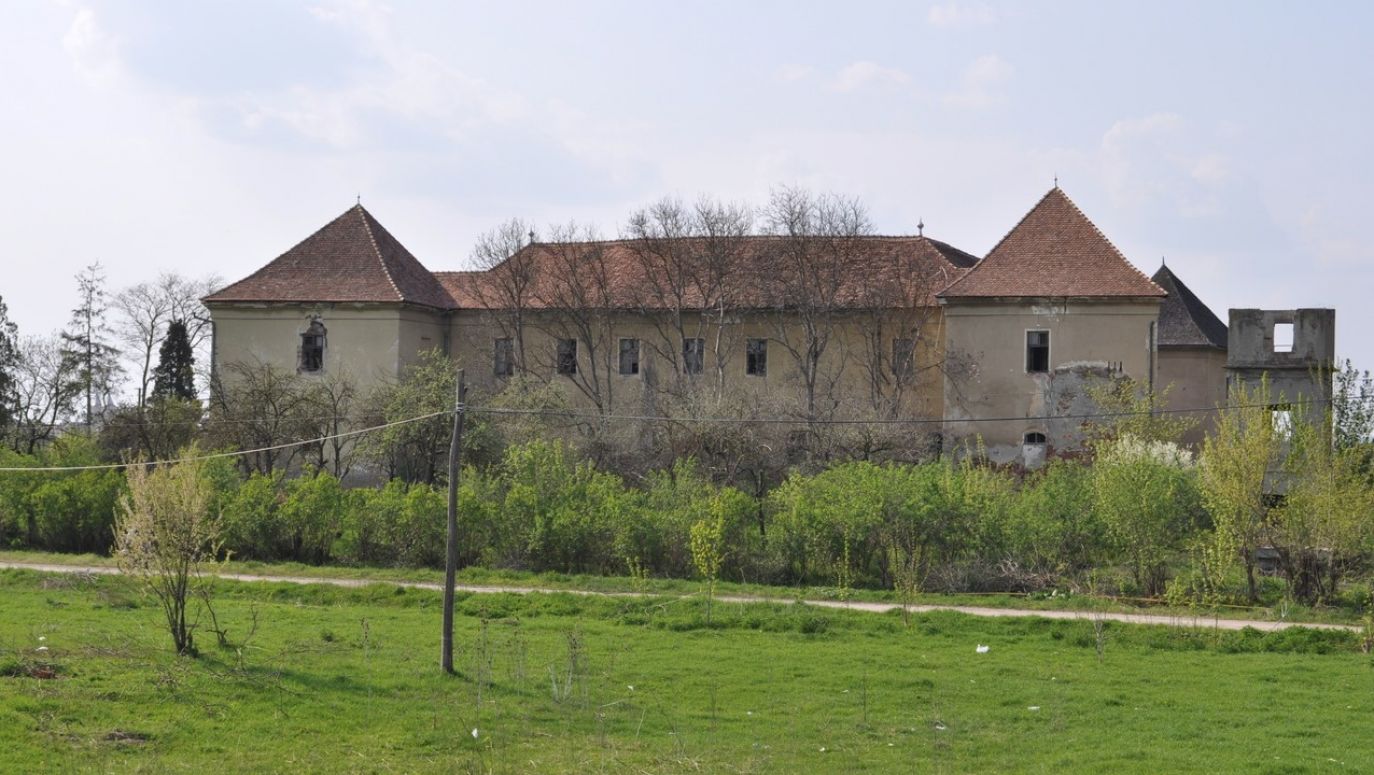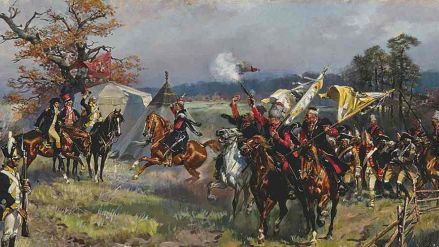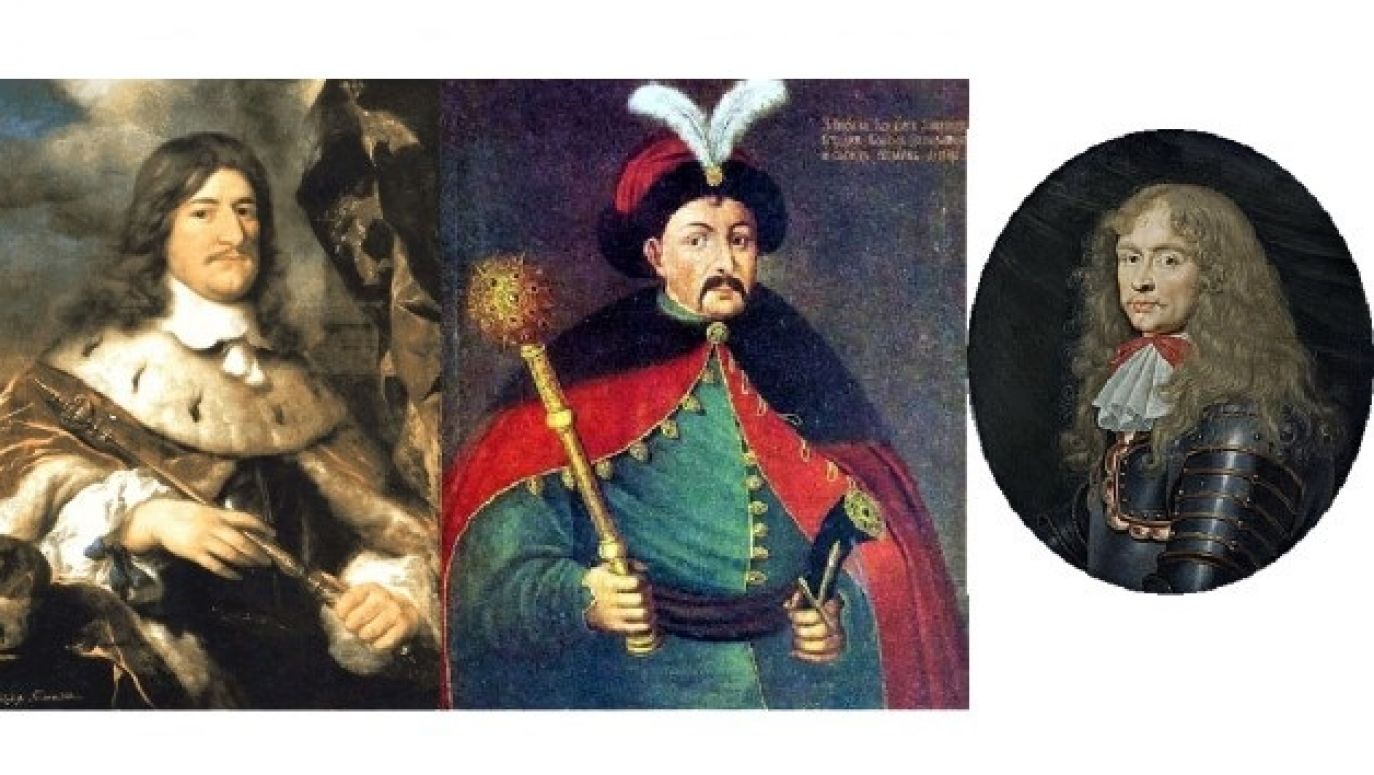On 6 December 1656, what was a draft partition of Poland prepared more than a century before the actual first partition took place. It was a partition as radical as the third, i.e. liquidating the First Republic, and most similar to Poland after the Congress of Vienna, as one part was to be called the Kingdom of Poland, albeit under foreign rule.
This partition, fortunately, remained on the paper of a treaty written in Radnot, a town in what was then part of the Duchy of Transylvania - it is now Lernut in Romania.
At the castle of the Duke of Transylvania, George II Rakoczy, representatives of the host and envoys of King Charles X Gustav of Sweden divided Poland between them, taking into account the interests and needs of: the Elector of Brandenburg Frederick William, the Hetman of the Cossacks Bohdan Khmelnytsky and one of the magnates of the Grand Duchy of Lithuania Boguslav Radziwill. George II Rakoczy expressed his willingness to cede the south-eastern strip of acquired lands to the Moldavian hospodar and the Wallachian hospodar in return for help in fighting against the Republic. Thus, there were five partitioners, and with the hospodaras it was even seven.
 SIGN UP TO OUR PAGE
SIGN UP TO OUR PAGE

The planned division of the Republic was as follows:
● Charles X Gustav - Royal Prussia, Kujawy, northern Mazovia, Żmudź, the districts of Kaunas, Volkovysky, Upichi, Bracław, part of the Polotsk and Vitebsk provinces along the Dvina, Polish Inflants and Courland;
● Frederick William Hohenzollern - the Łęczyca, Kalisz, Poznań and Sieradz provinces, together with Wieluń Land;
● Jerzy II Rakoczy - the remaining lands of the Polish-Lithuanian Commonwealth, including parts of Mazovia and Lesser Poland, with Warsaw and Krakow, and he was to become king of Poland;
● Boguslaw Radziwill - Novgorod province and rights to Radziwill hereditary estates;
● Bohdan Khmelnytsky - a decision on the transfer of territories to him was postponed, Ukraine in general.
Maritime and terrestrial dreams
It was not customary in Europe at the time to abolish states, especially one as large as the Republic. Dynasties fought for the rule of neighbouring and somewhat distant thrones, such as the Habsburgs in the Netherlands, or (the Spanish Habsburgs) in Portugal, annexed each other's border provinces and sometimes repeatedly. How could the unprecedented Treaty of Radnot have come about?

 SIGN UP TO OUR PAGE
SIGN UP TO OUR PAGE
 The planned division of the Republic was as follows:
The planned division of the Republic was as follows: 






